Unlike Newton, Goethe believed that light was homogenous, that is all of a piece, not split. As a Romantic, Goethe accused the rationalist Newton of destroying the harmonious nature of light. He felt Newton was disregarding the human, emotional aspect of observation, reducing everything to a mathematical formula. Of course, as a scientist, this is exactly what Newton was doing. It was good scientific practice.
But Goethe could not accept Newton’s concept that the eye was a passive recipient of light, believing that the eye generated its own internal lighting and colour effects. He maintained that the spots of colour that appeared to a person after directly staring at the sun were proof of this. We can see that Goethe's theory was based on the Romantic ideal of the harmony and power of nature resulting in the emotional impact of light on the eye of the individual.
Nowadays we can accept that Newton's scientific theory and Goethe's Romantic philosophical ideal both have their place.


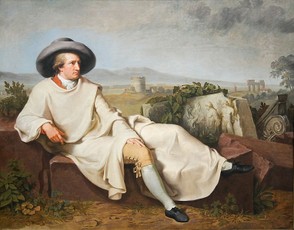
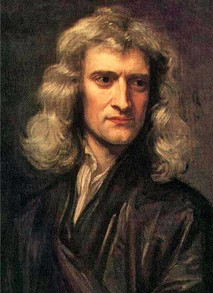
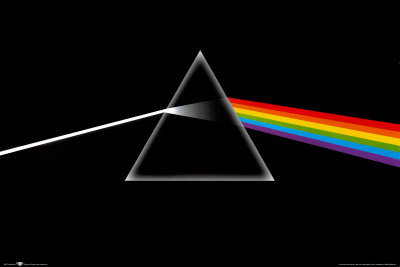



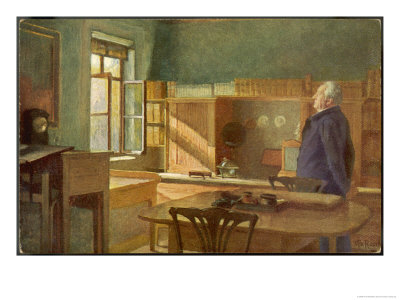
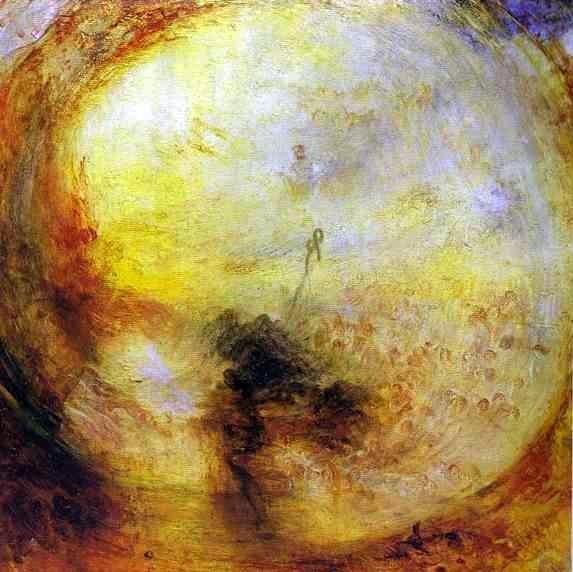



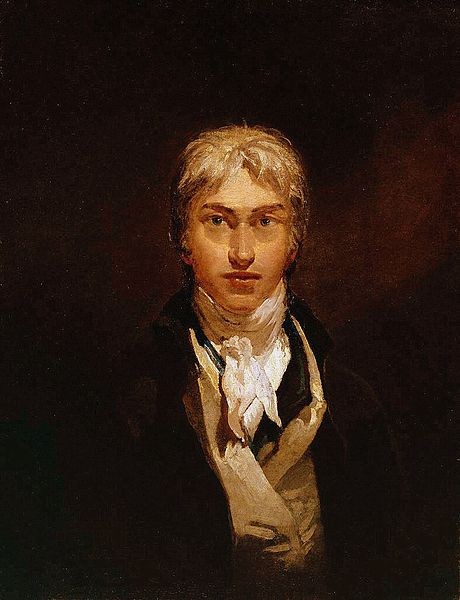
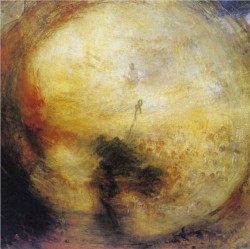

 How to Choose a Walking Cane or Stickon 08/01/2014
How to Choose a Walking Cane or Stickon 08/01/2014
 Michael Miller Fabulous Fabric Swatches for Quilting, Crafts etcon 07/02/2014
Michael Miller Fabulous Fabric Swatches for Quilting, Crafts etcon 07/02/2014
 The Drama of Life in the Rock Poolon 06/08/2014
The Drama of Life in the Rock Poolon 06/08/2014
 The Flâneur - Symbol of Modernity in 19th Century Parison 05/09/2014
The Flâneur - Symbol of Modernity in 19th Century Parison 05/09/2014

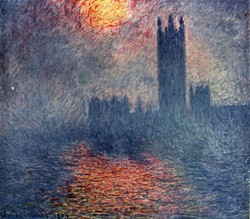
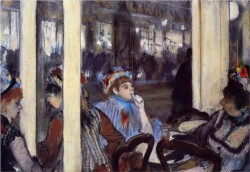
Comments
I absolutely agree. Today we can appreciate both aspects of considering light, the emotional and the scientific. Thanks for your really interesting comment.
Science is evolving and many things that were not understood correctly are clearly understood today. Goethe's views might not be scientific but we know that the different spectrum / frequency of light reflects the mood and disposition in a unique way. That is the reason certain colours are used where we find them today. Hospitals have green curtains and white bed sheets, house walls are colored in lighter shades to reflect light, wedding dress is white whereas mourning dress is black. Each colour has its importance and there is a story and reason behind it. I personally feel the world is brighter and beautiful because of the rainbow colours.
VioletteRose, thank you, so glad you enjoyed it. I didn't find it easy, I have to admit! :)
Love the topic on light and colors. Newton is right about his theory of diffraction of composite white light based on the wavelengths and frequencies of different colors. And Goethe is right about the emotional impact different colors may have on people. Colors and light always fascinates me. Thanks for writing this!